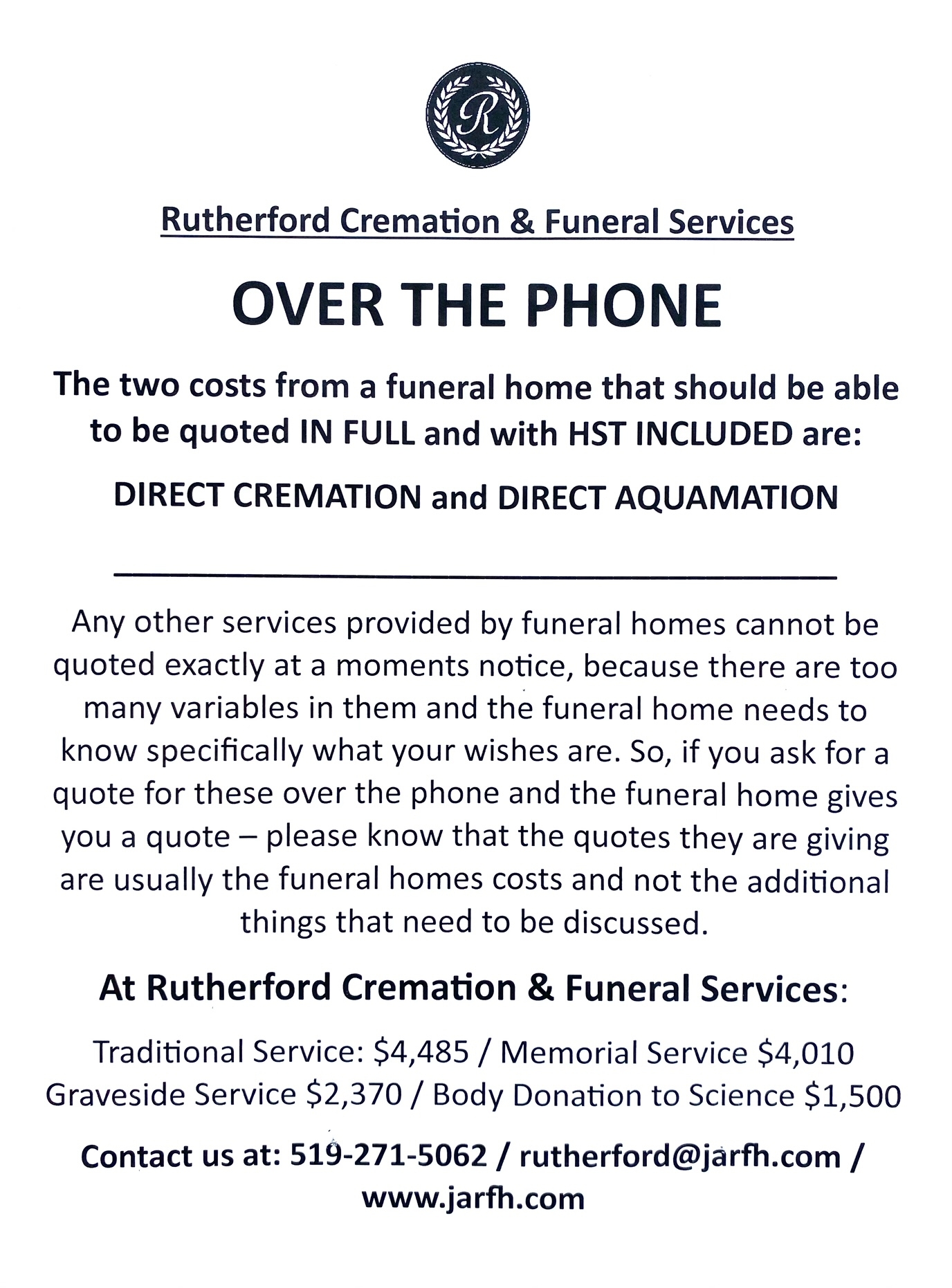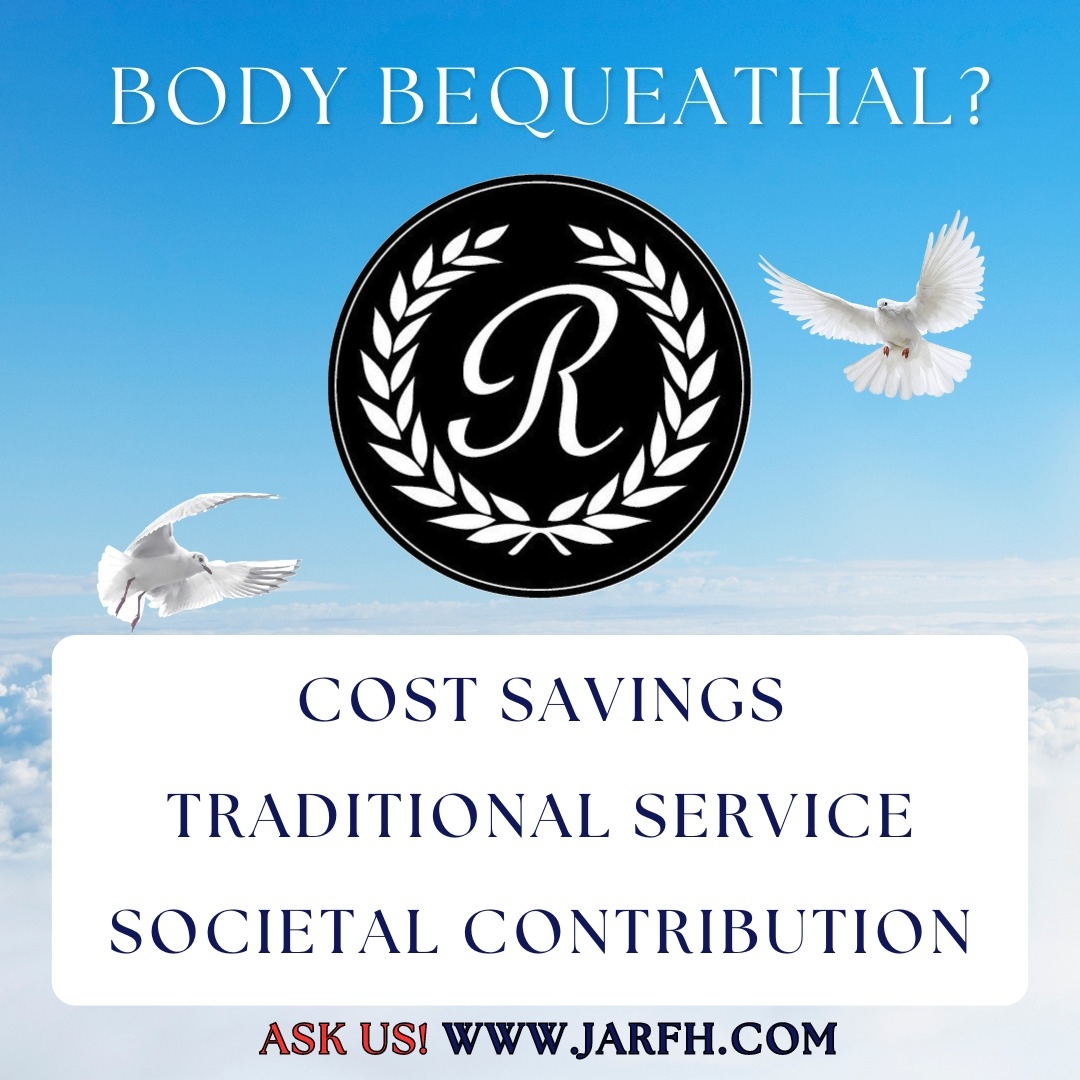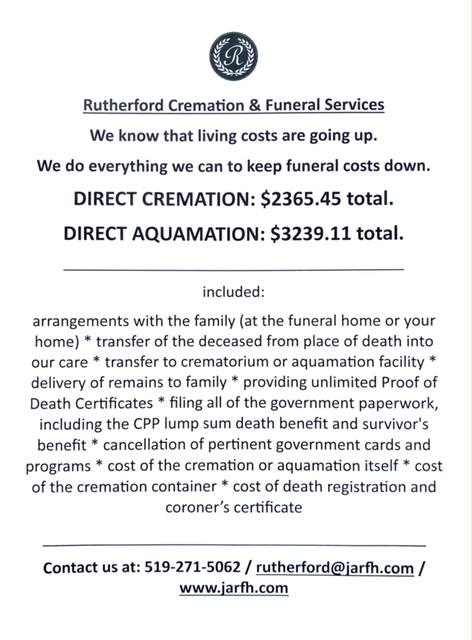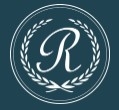James A. Rutherford Funeral Home Ltd
in Stratford
On May 24
at 7:04 PM
Rutherford Cremation & Funeral Services: Providing Compassionate Care in Your Time of Need
Rutherford Cremation & Funeral Services understands the difficult time you are facing. We are here to provide compassionate and professional support for you and your family.
Transparency and clarity are our priorities. We believe in open communication and will provide you with a clear and detailed explanation of all services and costs.
We offer:
Direct Cremation: A simple and affordable option.
Direct Aquamation: A gentle and environmentally friendly alternative to cremation.
Traditional Funeral Services: Complete funeral arrangements to honour your loved one.
Memorial Services: A celebration of life for those who wish to commemorate their loved one.
Graveside Services: A dignified and respectful burial service.
Body Donation to Science: A meaningful way to honour your loved one and contribute to medical research.
Contact us today for a personalised consultation.
Phone: 519-271-5062
Email: rutherford@jarfh.com
Website: www.jarfh.com
#RutherfordCremationFuneralServices #FuneralHome #CremationServices #FuneralServices #Listowel #Ontario #CompassionateCare #EndofLifePlanning #MemorialServices #GravesideServices #BodyDonation
https://www.jarfh.com/

James A. Rutherford Funeral Home Ltd
in Stratford
On May 17
at 7:28 PM
Considering Body Bequeathal? We Can Help.
At James A. Rutherford Funeral Homes, we understand that planning final arrangements involves making thoughtful decisions. Body bequeathal, also known as body donation, is a noble option for those who wish to contribute to medical education and research after life.
What is Body Bequeathal?
Body bequeathal differs from organ donation. Donated bodies are used by medical schools and institutions to advance medical knowledge and train future healthcare professionals. This invaluable gift can have a lasting impact on generations of medical students.
Benefits of Body Bequeathal:
Contribute to medical advancements: Your legacy can help improve future medical practices and treatments.
Alleviate financial burden: Bequeathal programs typically cover the costs associated with disposition.
Provide closure for families: Knowing your wishes eases the burden on loved ones during a difficult time.
James A. Rutherford Funeral Homes is Here to Guide You
We offer compassionate guidance on body bequeathal and all your end-of-life service options. We'll work with you and your family to ensure your wishes are understood and respected.
Learn More & Make Informed Decisions
Visit our website https://www.rutherfordfuneralhomes.com/ to learn more about body bequeathal and other services. Feel free to contact us anytime to discuss your preferences and plan a meaningful ceremony.
James A. Rutherford Funeral Homes
#BodyBequeathal #StratfordOntario #EndofLifePlanning
https://www.jarfh.com/

James A. Rutherford Funeral Home Ltd
in Stratford
On May 10
at 8:56 PM
Rutherford Cremation & Funeral Services always, always, always, has your service and your cost in mind.
https://www.jarfh.com/

James A. Rutherford Funeral Home Ltd
in Stratford
On February 09
at 1:08 PM
This information has been made available, through Rutherford Cremation & Funeral Services to empower people with information and demystify issues concerning death and dying.
MYTHS & TRUTHS
URNS:
Funeral homes have urns, or can obtain urns, that range in price from approximately $200 to $5,000. Metal urns, wooden urns, stone urns, composite urns, biodegradable urns – there is no shortage to choose from. Urns hold remains from a cremation or aquamation and lend a certain dignity to a funeral service if you want the remains present at the service. What folks often don't know is that they don't necessarily need one. It is perfectly acceptable to bury remains in the receptacle they come back from the crematorium or aquamation site in. There is only one reason why an urn becomes a necessity, and that is when remains are being placed in a glass fronted niche in a Columbarium. Usually glass front niches are in separate buildings within the cemetery. A Columbarium is an above ground structure in a cemetery that holds urns filled with remains. Another option would be to bring a receptacle to the funeral home that can be filled with the remains. I've put people in some interesting objects – a lady (the family baker) in the family cookie jar, a fireman in a fire extinguisher, a husband and wife who worked on a naval vessel into an empty shell! These objects can often be very personal to a family, objects that hold tremendous meaning. If someone wants to keep cremated or aquamated remains at home in a place of honour, an urn or family heirloom is the way to go.
VAULTS:
Sometimes, when someone is buried in a cemetery, you'll see the casket or the urn go into what's called a “vault." A vault is an outer protection for a casket or urn. In some cases, and in some areas in a cemetery, a vault is a requirement due to the ground in the location where the burial is happening. In some areas the ground can be more compromised than in other sections, (a downhill slope or damper location), and so a vault is needed. Most often it is not a necessity. An “urn vault" is almost never needed, but it does provide space around the urn itself to place personal items into, such as notes and cards, jewellery or family keepsakes that hold meaning to the family or the deceased. The placement of objects can be a very poignant part of a burial service.
CREMATED / AQUAMATED REMAINS:
The term “ashes" for cremated or aquamated remains is not accurate. “Ashes" implies the result that you would get from a wood fire – remains that can be blown away easily in the wind. Not so. Remains from a fire cremation are beige in colour and similar to coarse sand. From a water aquamation they are white and like talcum powder, and there is about 15-20% more as aquamation is a gentler process and does not leave an environmental footprint like cremation or traditional body burial. Both remains are comprised of our bones. That is all. The scattering of remains is not illegal. There are certain rules that are supposed to be observed, but in general, cremated or aquamated remains are allowed to be scattered on water or Crown Land but not private property.
AQUAMATION:
Aquamation (and green burial) is the most environmentally friendly option of disposition we have in Canada right now. There are not a bunch of harmful chemicals being used. It is a combination of water and alkali, both of which occur in our soil. Aquamation mimics that process of decomposition when someone is buried in the ground without a casket, it merely speeds it up. So… no… a person is not “doused in acid" or some of the other crazy thoughts I've heard from people who haven't researched it. It is one of two non-toxic and clean options that this country has.
NEWSPAPER NOTICES:
Obituaries are always a good thing. They provide the general public information that someone has died and I have had many a call from people who were informed through an obituary about a friend or colleague or even a family member. The placing of an obituary in a newspaper is not required. Some folks I've served have been under the impression that it must be done! It doesn't. On funeral home websites the obituary is free of charge and often that is enough depending upon the circumstances surrounding someone's life. There could, however, be people in another city that you want to make aware through the local paper. The main reason some people do not place a notice in a particular paper is because of the cost or the deceased was well on in age and all those who knew them have passed on already and there either will be no public service or the service will be through invitation only. That said – an obituary somewhere is a good idea even if it is short.
THE BODY:
In my decades of funeral service to the public, there have been some disturbing stories that have come back to me regarding things that have happened to the body of a decedent. Here are the myths I've heard, at random, that I will dispel now:
There are never organs removed from a body by a funeral director. Any organs that were harvested were done so by a physician and with the permission of the family or the deceased. There are never any limbs adjusted in any way that would damage the integrity of the human body. If an individual does not fit into a regular sized casket, the funeral home will order an oversized casket. While a human body goes through specific changes after a death occurs, there is never a severe “reflex" that would have the deceased sit up or “animate" in any way. In addition, embalming of a body is done as a temporary disinfection and preservation of the body for viewing purposes only. Embalming is not a requirement, although as Rutherford Cremation & Funeral Services does and probably most funeral homes do – if the body is not embalmed but a visitation or service is desired with the body present, the casket will not be opened for the public. In the province of Ontario, it is mandatory that the body be taken to the crematorium in a safe and rigid container. It is illegal to have a human body cremated outside of being in a casket or cremation container. With Aquamation, a rigid container is not required.
RENTAL CASKET:
Most funeral homes will have a rental casket in which there is an insert of another (often pine) wooden box, specifically for a cremation to be carried out after a funeral service has taken place. When the service is complete and guests have left, the insert can be removed with the deceased in it and that is what goes to the crematorium. The rental casket can cost as much as a mid-grade purchased casket, however, rental caskets are a way to have a very solid and much more expensive looking casket at a service without purchasing the casket outright. With many funeral homes, the casket is used a specific number of times, before it goes to the crematorium with a decedent in it. You can, however, get very lovely caskets at the cost of a rental casket.
RUTHERFORD CREMATION & FUNERAL SERVICES:
Contrary to some folks having thought Rutherford's doesn't exist, after the old dark and dingy funeral home was sold on Albert Street, having moved into our bright space on Ontario Street, we very much do exist! In the full capacity of any funeral establishment. In fact, we are here as a source of information far beyond merely taking care of folks when someone has died. Information on wills, probate, clean options, what is and isn't needed, etc… If you want straight information and all the information, please get your questions answered. It is empowering to know your answers rather than assume something incorrect. I urge you to call. 519-271-5062.
UNTIL SOON. LIVE WELL. CONTACT US for your consultation
James A. Rutherford Funeral Home Ltd
in Stratford
On January 31
at 12:16 PM
HAT TRICK WITH A MIRROR
In and around the 15th century the invention of the mirror started changing the psyche of the world. It changed people and it changed art. Individuality, as we understand it today, did not exist because largely people did not see themselves as individuals like we do now. They certainly didn't, nor could they, look at themselves at all; and as such they felt themselves more part of a whole in relation to groups, household, town – and in relation to God.
The mirror changed all that. Once a person could literally see themselves, they began to know how they appeared to the rest of the world – and we've been making judgements on appearances ever since. It was at this time that portraiture became truly popular in art imploring people to look at the individual, the man or woman of wealth and status, separate from the “other." The very act of being painted implied importance (like selfies) as the act of gazing into a mirror began to make folks think of themselves differently – certainly differently from one another. Similarly, novels began to be written in the first person and in so doing we could inhabit the thoughts of another. In a word, we became...individuals...and we began to put our individuality “out there."
And that individuality, certainly today, is exploited to a level that can dislocate us from one another and from ourselves, as groups and as individuals. The trick then, has become to know that you are an individual, but in that very same space – to know also, that you are not.
This knowledge of being unique but remaining an essential cog-in-the-wheel, provides the balance in recognizing your self-worth and living out your importance; towards yourself and towards the world community – along the two ends of our consciousness string – our birth and our death. And there is a practice that can help us with that balance, help us to remember to not get swept up in pettiness, selfishness, our differences, our self-importance or materialism; or likewise, to not get overwhelmed by unworthiness, insignificance, hurt or anger – because each of us experiences varying degrees of each of these feelings.
It's the practice of the mindfulness of living and dying, the contemplation of the two, to become more aware of one's mortality and as such, become more aware of the truth of one's existence – and subsequently, more grateful for our uniqueness and what contributions we are making or not making.
But alas, many do not know, or they know and are afraid to think upon their finite nature – their sameness – and dwell exclusively on their smaller world and lives – their individuality. In my trade I'm blessed, I'm reminded, I cannot ignore. Impermanence is always there. With practice, through paying attention to our lives, through seeing the human situation, sometimes in the inhale and the exhale of a breath, we can begin to understand our oneness and even see how we can contribute to that oneness in ways we hadn't imagined.
That's akin to a small miracle. In fact, life and death awareness becomes fodder for more joyful living, not for morose pondering. It provides a map of what is important.
And yes, without much effort, it can begin with the mundane and simple act of looking in a mirror. Not at our white teeth or for the plucking of a hair, but for a reflection of soul from within our own eyes. To look deeply, closely, holding the gaze. And when we start to feel a little uncomfortable because we might see something there, a truth we cannot perhaps readily understand, we should keep looking into the face just the same. The face we think is us. The skin, the lines, the years that changed us. And eventually we can go beyond I, me, mine ... across our borders where the universal is – where all our lives flow.
UNTIL SOON. LIVE WELL.
Page 1 of 20


